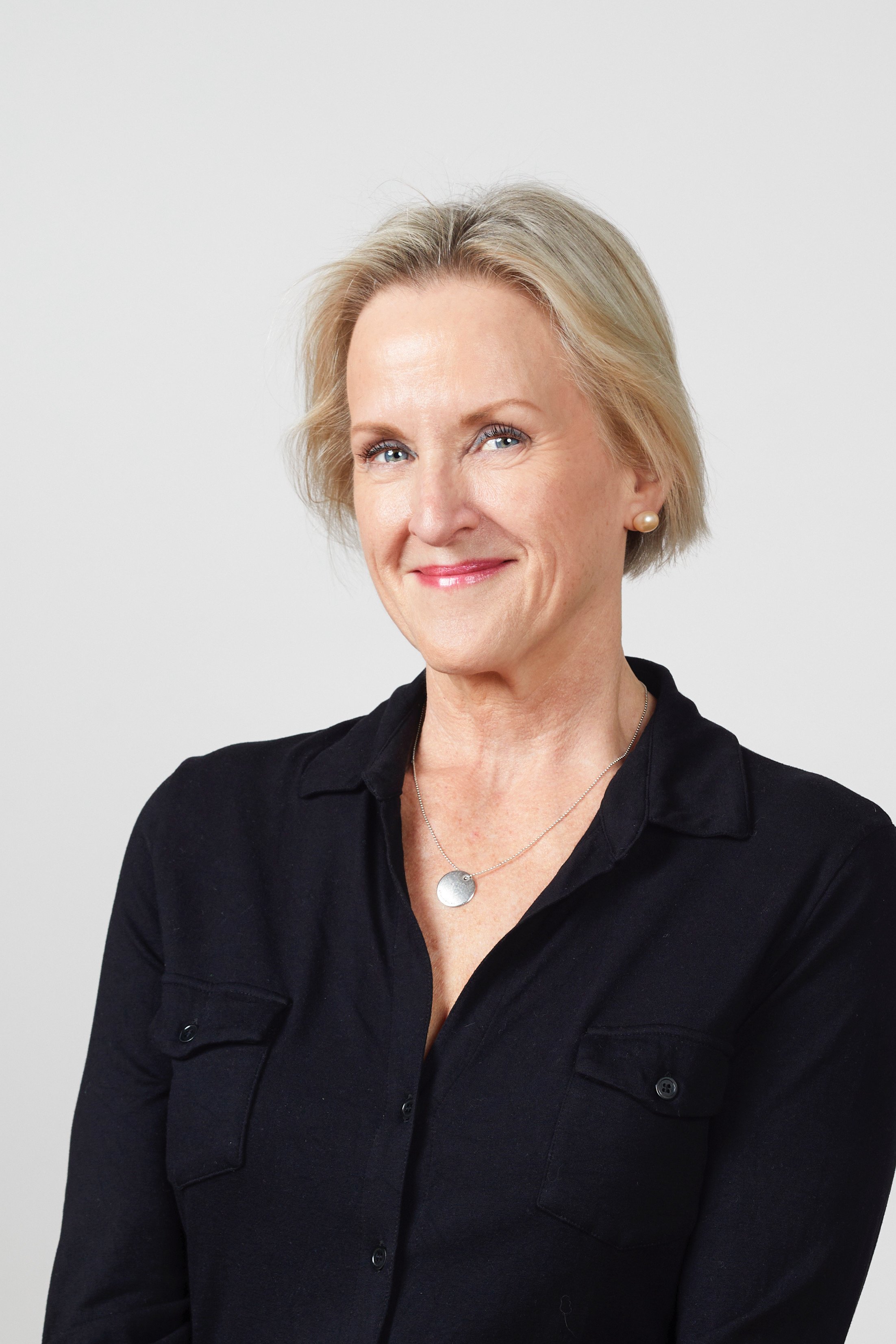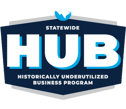Rhazdrugs’ most significant and beneficial feature is its ability to integrate directly into an Electronic Health Record (EHR). Our product metrics show that nurses and clinicians are nearly twice as likely to access vital hazardous drug safety information when it is accessible directly from the EHR compared to when it is not. This can be critical in patient outcomes and healthcare worker safety.
Recently, we sat down with a clinical pharmacist in informatics at a healthcare system consisting of more than ten hospitals and more than 17,000 employees to discuss their custom integration of Rhazdrugs into their EHR, Cerner. Because of the healthcare system’s privacy policies, we will not identify the hospital or name the customer we spoke to, but we do have permission to share their story anonymously.
 As a devout user of Rpharmy’s formulary management solution, Formweb, the healthcare system also implemented Rhazdrugs. Using scripts or code from Cerner EHR itself, the system’s pharmacy informatics department created a “Smart Alert” to signal to nurses that a drug is on the hazardous drugs list and provide a link to the safe handling instructions within Rhazdrugs.
As a devout user of Rpharmy’s formulary management solution, Formweb, the healthcare system also implemented Rhazdrugs. Using scripts or code from Cerner EHR itself, the system’s pharmacy informatics department created a “Smart Alert” to signal to nurses that a drug is on the hazardous drugs list and provide a link to the safe handling instructions within Rhazdrugs.
The Cerner Smart Alert is a warning in a sidebar of the EHR, drawing attention to the fact that the drug in a patient’s EHR is on the hazardous drugs list and requires additional safe handling to prevent dangerous exposure. Once clicked on, the nurse is directed to Rhazdrugs and can quickly and easily see the PPE needed for administration and disposal instructions in easy-to-understand visuals and text.
“Rhazdrugs serves as a single source of truth for medication information, saving time on both the front and back end, reducing maintenance and necessary updates to drug information and most importantly improving patient and healthcare worker safety.”
Before implementing Rhazdrugs and customizing the Cerner scripts to alert nurses to hazardous drugs, safe handling information was stored as comments on each drug and its subsequent forms. This system had a few major issues.
First, the comments are initiated in the formulary and often contain information in addition to hazardous drug safe handling instructions, so nurses may not recognize that the drug is an HD. However, the Smart Alert helps nurses quickly identify and handle hazardous meds, saving time and space in the EHR.
“We can put comments on everything until the cows come home, but nurses might not actually read any comment or might overlook it. So we needed some way for it to stand out more. A Smart Alert in Cerner prompts the nurse to say, “Hey, there's something special about this.” Then there's a link to click on for all the information and details wonderfully presented in our Rhazdrugs site.”
Another significant drawback to the previous method was the time-consuming and error-prone manual drug update process. Each time a new piece of information needed to be added or updated for a drug, the pharmacy had to make that change in each instance of the drug—both brand name and generic. For example, nurses and clinicians often utilize a Cerner-specific feature that allows them to label frequently used orders or order sets as “favorites.” These favorites can contain pre-populated comments, but when the comments are updated in the original order, those changes may not automatically apply to the favorited versions. This necessitates a manual search and update process for each favorite order or order set.
.png?width=257&height=257&name=Rpharmy%20Quotes%20(1).png)
“With Rhazdrugs, I don't have to worry about maintaining all the different ways that that drug can be presented in the system. That saves time there in terms of maintaining one single source of truth. I don't need to go and make sure someone has a favorite out there that they've saved with incorrect information.”
As you know, the hazardous drug (HD) list is constantly evolving as more drugs are identified as “hazardous” by healthcare systems or NIOSH. Currently, in Rhazdrugs, our customers have labeled 570 drugs as hazardous, compared to the 218 and 227 listed in the NIOSH 2016 and 2020 lists, respectively. This particular healthcare system has one of the most extensive HD lists among our customer base, making manual updates impractical. While it’s challenging to quantify the exact time Rhazdrugs saves on updating drug information, the customer estimated it would require a full-time employee to manage this critical task manually.

To ensure the Rhazdrugs integration with Cerner would benefit nurses, this healthcare system actively involved nurses in the planning and development of their Rhazdrugs site, including gathering feedback on the Smart Alert. This collaboration proved invaluable, as the concept of alert fatigue—where too many alerts can lead to important ones being overlooked—is a real concern. By considering nurse input, the system designed a Smart Alert that effectively reduces alert fatigue, thereby protecting both patients and healthcare workers.
We are continually impressed by how our customers implement and customize Rhazdrugs to enhance patient and healthcare worker safety within their systems. We highly value the exchange of information—both successes and challenges—among healthcare systems. We sincerely appreciate this customer’s willingness to share the benefits they have gained by integrating Rhazdrugs directly into their EHR and incorporating it into their hazardous drug alerts.
If you have any questions or want to know more about Rhazdrugs, please schedule a demo or email us at info@rpharmy.com. Please also check out our blog library; it’s always free and accessible without a paywall.


